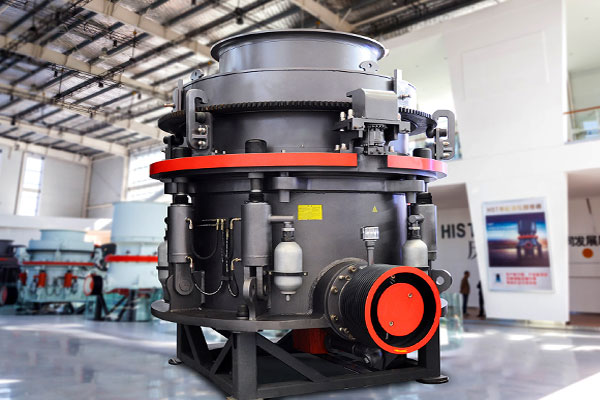Introduction to the function of cone crusher
A cone crusher is a powerful and versatile piece of equipment commonly used in mining, quarrying, and construction industries to break down large rocks and ores. Its main function is to reduce the size of raw materials, such as granite, limestone, or basalt, into smaller, more manageable particles. It works by applying pressure and compression to the material, allowing it to pass through a set of crushing chambers. The crushers are designed to handle a range of material sizes and are ideal for secondary, tertiary, and sometimes even primary crushing.
The basic working principle of a cone crusher involves the crushing action created by a rotating cone inside a concave bowl. The material to be crushed is fed into the top of the cone crusher, where it is compressed and reduced by the rotating cone against the walls of the bowl. As the material travels downward, it is progressively crushed into smaller fragments. This continuous process of compression and crushing ensures efficient size reduction and produces a consistent output size.

The most notable feature of the cone crusher is its ability to crush materials with high hardness. It is commonly used for processing hard rocks such as granite, basalt, and ores like iron, copper, and gold. The cone crusher’s design ensures that it can handle tough materials while maintaining high productivity and efficiency. Additionally, the machine can be adjusted to produce different sizes of output depending on the needs of the operation, making it a versatile tool in the crushing process.
Cone crushers are known for their high reduction ratios, meaning they can reduce the size of large rocks into much smaller and more manageable pieces. This capability is beneficial in industries that require specific particle sizes, such as construction, where aggregates must meet particular standards. The machine operates by a combination of forces: compression, impact, and shear. These forces work together to efficiently break down the material, providing a consistent output that is ideal for further processing or direct use.
Another significant advantage of cone crushers is their relatively low operational costs compared to other crushing equipment. With their robust construction and design, these crushers require less maintenance and are less likely to wear out quickly. This makes them cost-effective in the long run, especially for high-volume operations. Furthermore, cone crushers are equipped with various technologies that allow for automation, providing operators with better control over the crushing process, reducing downtime, and improving efficiency.
In summary, the cone crusher serves a crucial role in reducing the size of hard materials for various industries. Its ability to handle tough materials, high reduction ratios, low operational costs, and technological advancements make it an essential piece of equipment. Whether used in mining for ore processing or in construction for producing aggregates, the cone crusher is a cornerstone of efficient and cost-effective material processing.
